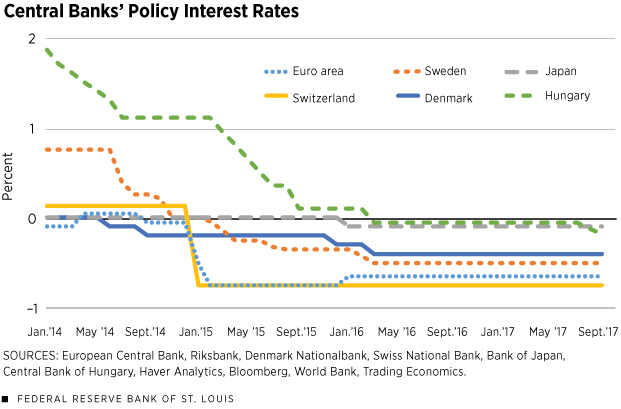
The headquarters for the European Central Bank (ECB) in Frankfurt, Germany.
$12.5 Trillion in Negative Yields
On July 2, 2019, the yield on a 10-year German Bund is -.37%, - .55% on 10-year Swiss government bonds, -.15% on 10-year Japanese government bonds, and +1.98% on 10- year U.S. treasury bonds. What this means, in Europe and Japan, investors are literally penalized for holding government debt, generally considered extremely safe.
How did this happen? The Bank of Japan and European Central Bank have bought up large sums of these bonds creating negative yields. This is commonly referred to as quantitative easing (QE), a policy to inject liquidity into the financial system during the 2008 - 2009 financial crisis.
The U.S. has avoided negative interest rates. Now it appears the Fed will be lowering interest rates given the expectation of a rapidly slowing economy. Yields have fallen dramatically in the last six months, a market signal that the economy will slow. Negative rates, inverted yield curves, trade wars, geopolitical tensions, all-time stock market highs. Should we worry?


